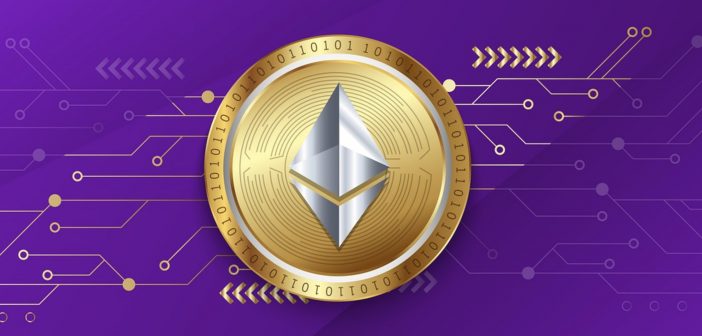At the core of the Ethereum blockchain lies the Ethereum Virtual Machine (EVM), a decentralized computer that has transformed the world of blockchain technology. The EVM blockchain powers the creation and execution of smart contracts, revolutionizing the way transactions and agreements are conducted. In this post, we will delve into the remarkable features and benefits of the EVM blockchain, highlighting its profound impact on the blockchain ecosystem.
The EVM Blockchain: Empowering Decentralized Computing
The EVM blockchain serves as a decentralized supercomputer, enabling the execution of complex computations and the deployment of smart contracts. By harnessing the power of the EVM, developers can create and launch decentralized applications (dApps) and smart contracts using Solidity, the programming language specifically designed for the Ethereum ecosystem.
Smart Contracts: Revolutionizing Trustless Transactions
The EVM blockchain is the platform that facilitates the deployment and execution of smart contracts, self-executing agreements with predefined rules and conditions. Through the EVM, these contracts operate on the Ethereum network, providing a transparent and tamper-resistant environment for conducting trustless transactions. The EVM’s execution environment ensures that smart contracts function autonomously and reliably, eliminating the need for intermediaries.
Turing Completeness: Unleashing Creative Potential
A defining feature of the EVM blockchain is its Turing completeness, allowing for the execution of any computation that can be algorithmically described. This capability empowers developers to build sophisticated applications and implement intricate logic within their smart contracts. The versatility of the EVM has spurred the development of decentralized finance (DeFi) protocols, non-fungible tokens (NFTs), decentralized exchanges, and countless other innovative solutions.
Gas: Fueling the EVM Blockchain
Within the EVM blockchain, operations are powered by a concept known as “gas.” Gas measures the computational effort required to execute specific transactions or operations on the blockchain. Users must pay for gas using Ether (ETH), the native cryptocurrency of the Ethereum network. This system ensures efficient resource utilization, prevents spamming, and mitigates denial-of-service attacks.
Gas Optimization: Balancing Efficiency and Cost-effectiveness
To optimize gas usage, developers employ various techniques such as code optimization, minimizing storage requirements, and reducing computational steps. Gas optimization is essential for cost-effective and efficient execution of smart contracts on the EVM blockchain. It incentivizes developers to write clean, concise, and resource-friendly code, ultimately improving the overall performance of decentralized applications.
EVM Upgrades: Paving the Way Forward
The EVM blockchain continues to evolve to tackle scalability challenges and enhance its capabilities. Ethereum 2.0, also referred to as Ethereum’s Serenity upgrade, aims to transition from the current proof-of-work (PoW) consensus mechanism to a more energy-efficient proof-of-stake (PoS) model. This transition will significantly improve the scalability and efficiency of the EVM blockchain, allowing it to handle a higher volume of transactions and foster further innovation.
Conclusion
The Ethereum Virtual Machine (EVM) blockchain lies at the heart of the Ethereum ecosystem, enabling the execution of smart contracts and revolutionizing the way transactions are conducted. With its Turing completeness, gas-powered operations, and ongoing upgrades, the EVM blockchain has fueled the growth of decentralized applications and transformed numerous industries. As the EVM blockchain continues to evolve, its potential to disrupt traditional systems and empower decentralized solutions remains limitless.




